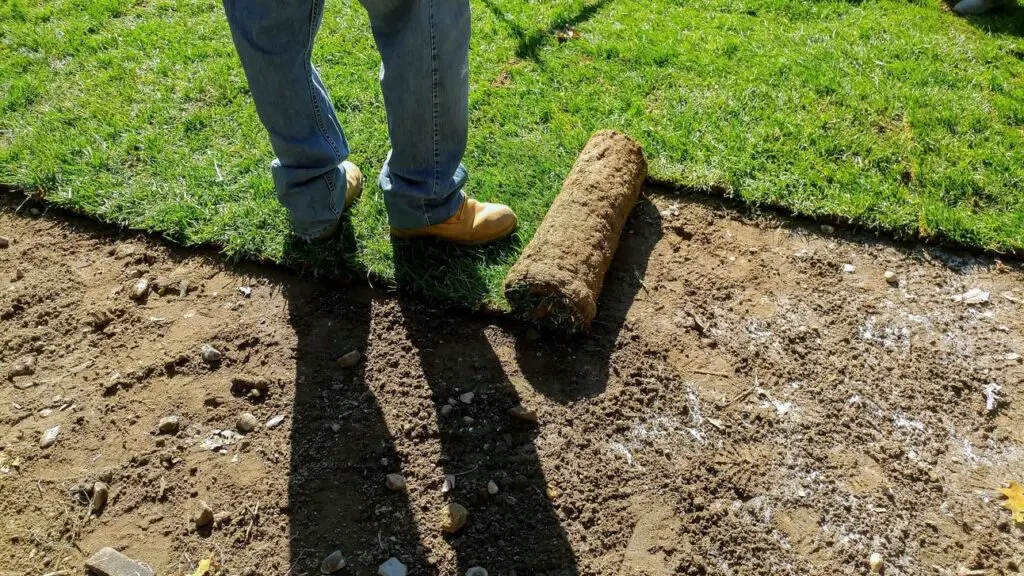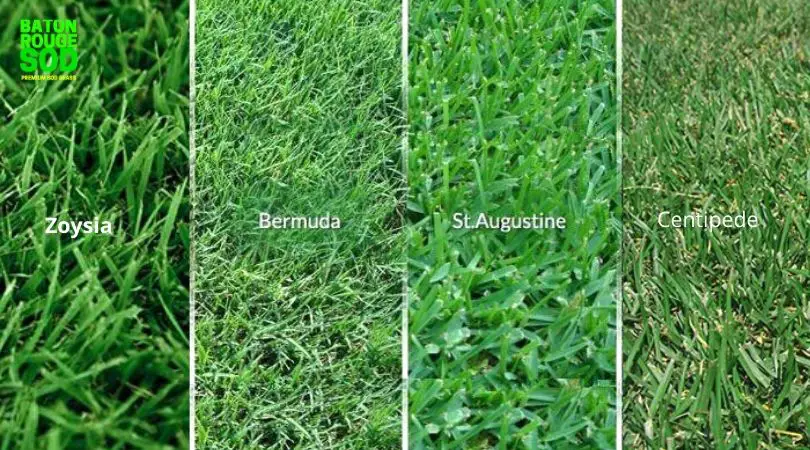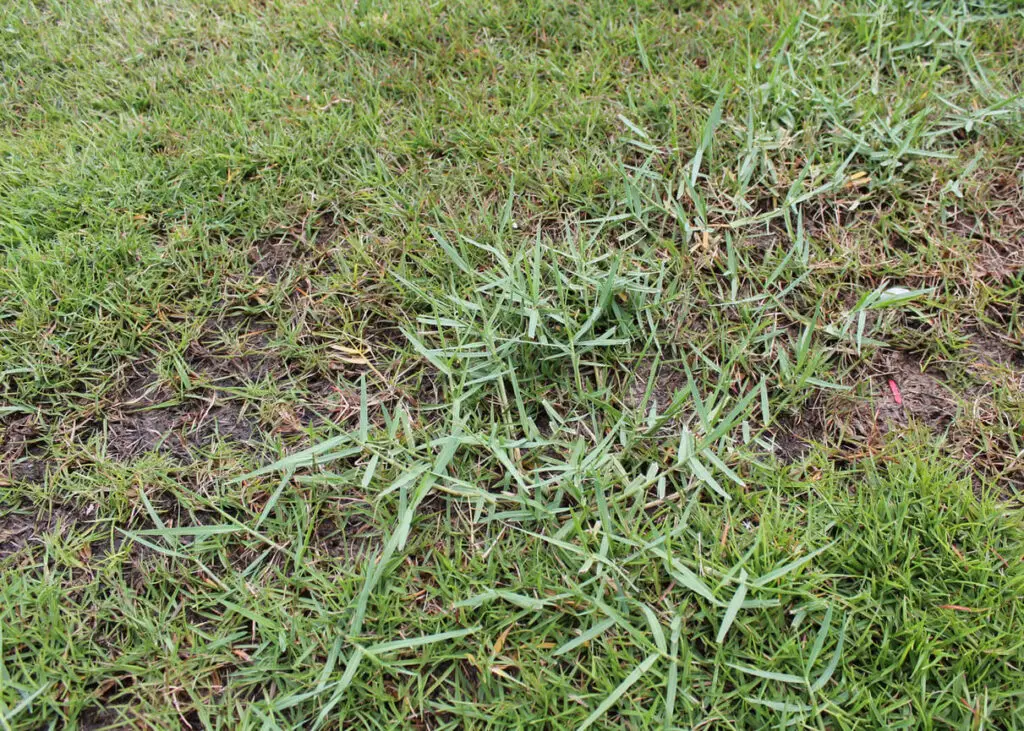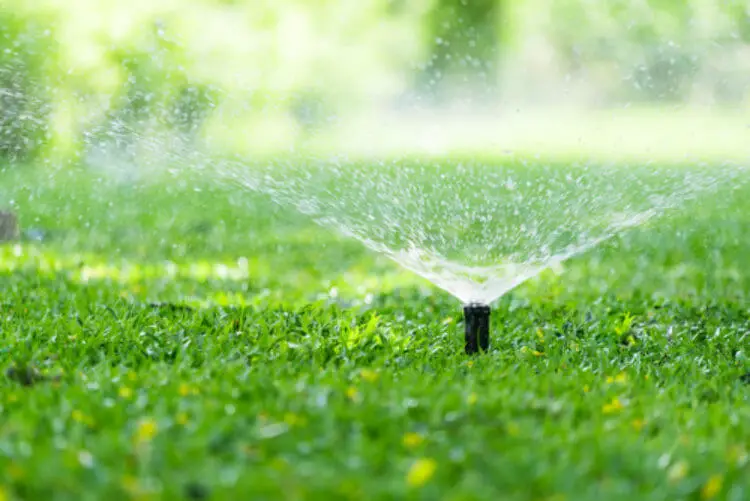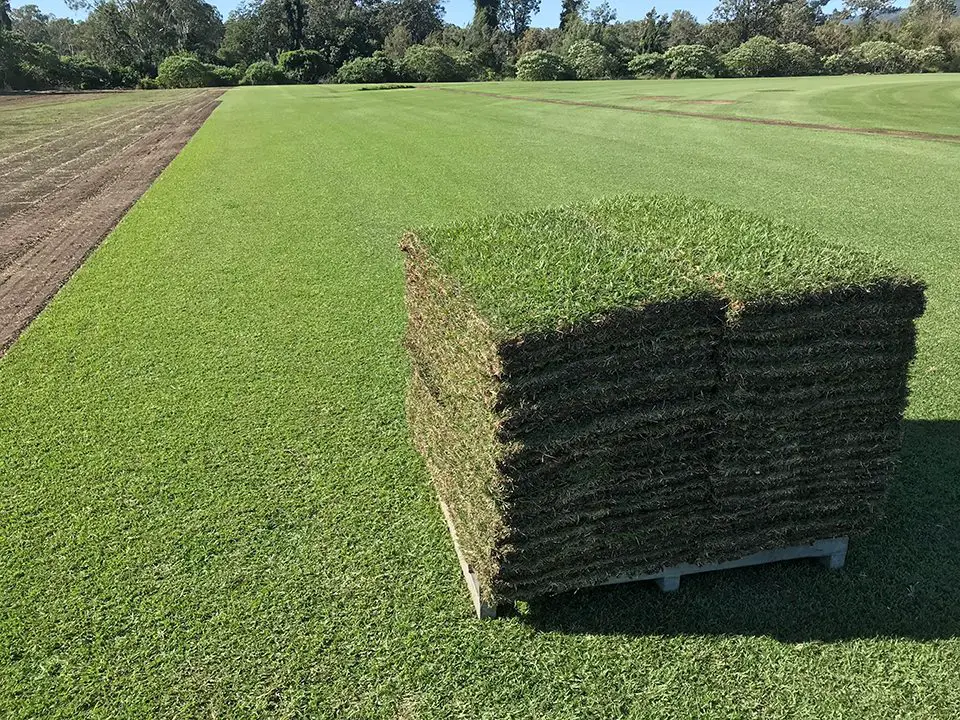Can lay sod in the fall? Yes, you can!
As the weather starts to cool and leaves begin to change color; lawn projects shift from maintenance to renovations and preparations for cooler weather.
The fall season is a stunningly beautiful time of year, and your lawn’s landscape can be even more visually vibrant with the installation of new turf.
Autumn is an ideal time for sod installation projects, as long as certain considerations are considered.
Many consider this an ideal time since cooler temperatures create perfect soil conditions for optimum root growth and development.
Not only that, installing sod in fall means you’ll have a lush, green lawn ready to enjoy when springtime rolls around.
While not all grass varieties are suitable for autumn installation, there are still plenty of options for your project.
Laying Sod in Fall
Most people think spring is the best time to lay sod; fall is a great season for installation.
Cooler temperatures and longer nights allow roots of your new grass to establish themselves before summer heat sets in.
Plus, there’s less competition from weeds and bugs in autumn; so your turfgrass will have a chance to take hold.
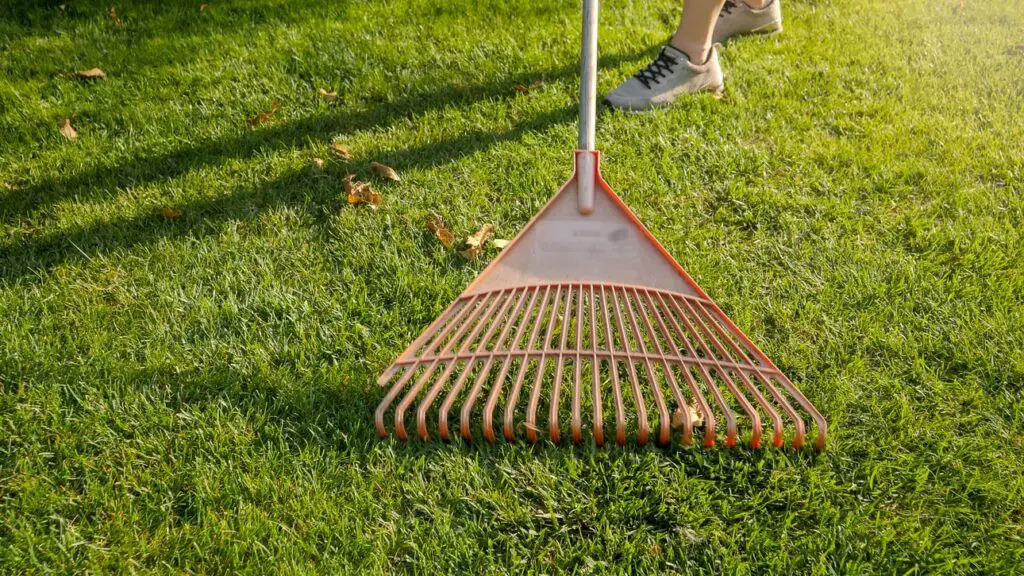
Why is Fall a Good Time to Lay Sod?
Fall is the perfect time to lay sod.
Gardeners swear by fall as the ideal time for laying sod; since it gives plants plenty of time to take root before winter.
Cool weather allows turf to get established before cold of winter and extreme heat of summer months.
Autumn rains help keep soil moist so it can take root quickly.
Fall is also a good time because there are fewer insects and diseases active in cooler weather, which means your new lawn will have a better chance of survival.
Benefits Of Laying Sod In Fall
Although spring is the traditional time to plant sod, there can be benefits to installing it in autumn.
- Cooler temperatures are easier on grass and helps keep it from overheating and drying out.
- Fall has milder weather conditions, which is excellent for most warm-season and cool-season turf grasses. Since climate conditions and weather patterns are similar to spring, most lawn grasses will have a fall growth spurt,
- New lawn has a chance to take root before rough weather. Even though grass blades may go dormant after freezing temperatures set in, grass roots continue to grow.
- Sod can last longer on pallets when temperatures are cooler, which allows flexibility when scheduling installation.
- You can also see savings on both prices and installation costs during slower months of fall and winter.
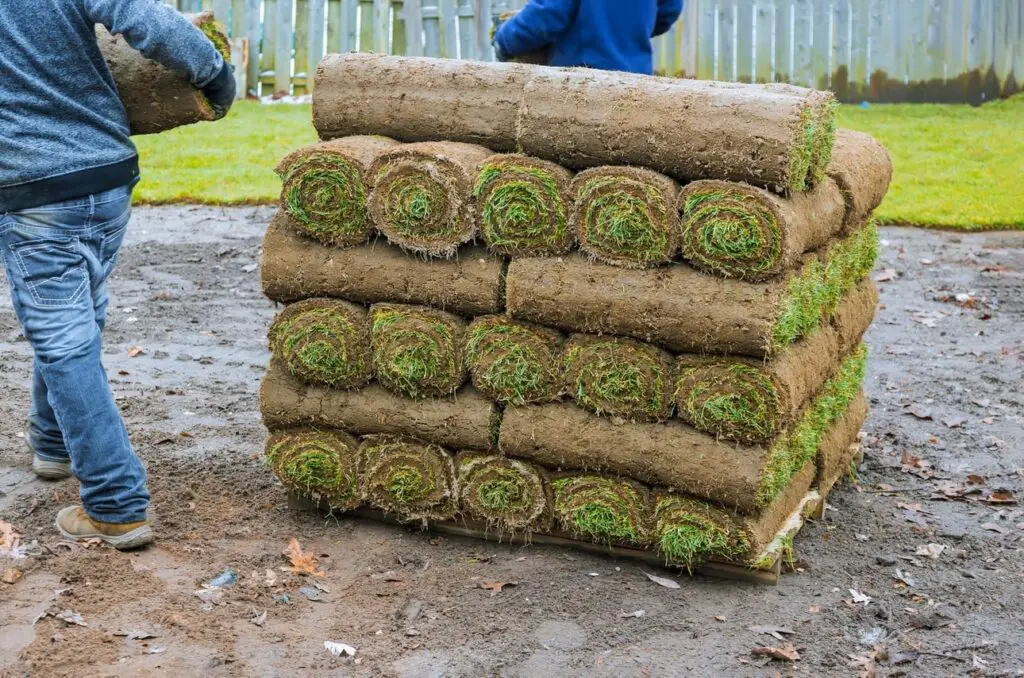
How Long Does Sod Take to Root in the Fall?
You may be wondering, how long does sod take to root in the fall?
The answer is about 2-4 weeks on average, but it may take 4-6 weeks, depending on the type of grass and site conditions.
Installation in fall is a great way to ensure a lush, green lawn come spring.
Here’s a breakdown of what you can expect:
- Day 1: Sod is installed and watered.
- Days 2-3: Your grass should start to show signs of recovery from the delivery and installation. Grass blades will begin to stand upright and look better.
- Days 4-7: Lawn will continue to grow and establish itself. You may see some browning around the edges of the pieces, but this is normal.
- Weeks 2-4: The grass should be fully rooted and ready for regular maintenance.

Fall Sod Establishment
Although you may not consider it an ideal time to start a new lawn, fall is often considered the best season for planting sod. Mild weather and ample rainfall help turfgrass, giving your new property a head start for next spring.
If you live in a southern state or an area with hot summers, you can plant turfgrass later into fall and winter months. Warm-season grasses
People who live in northern states should try to get their grass installed in early fall before freezing temperatures set in. Choosing the best timeframe gives your turf grass the best chance to survive and thrive. Cool season grasses
No matter where you live, you can successfully install sod in fall with proper planning.
Laying Sod in Late Fall
How late can you plant sod in fall?
Depends on your state, location, and climate during the cooler months.
Laying sod in late fall can be a great way to start your spring lawn.
You can lay grass throughout fall and winter in warmer climates like the southern United States and California.
The key is to ensure the ground is not frozen and soil is moist.
If you plan an installation project in late fall, do it as soon as possible after you receive it.

What Types of Sod Can be Laid in Fall?
Certain grass varieties are best laid in late fall and early winter.
Cool-season grasses like Kentucky Bluegrass, Rye and Fescue are best laid in fall. Therefore, the ideal installation time for cool-season turf is between September and November.
Warm-season grasses like St. Augustine, Zoysia, Bermuda, and Centipede can be laid all year; Because they are usually grown in southern states and warmer regions with few winter freezes.
These turf varieties can be laid year-round in warm temperature zones.
Early fall is optimal, but sometimes time only allows you to do your project in late fall months. In that case, lay down sod and cool season turf earlier in the growing season.
Plant your grass before it deep frosts in October to late November.
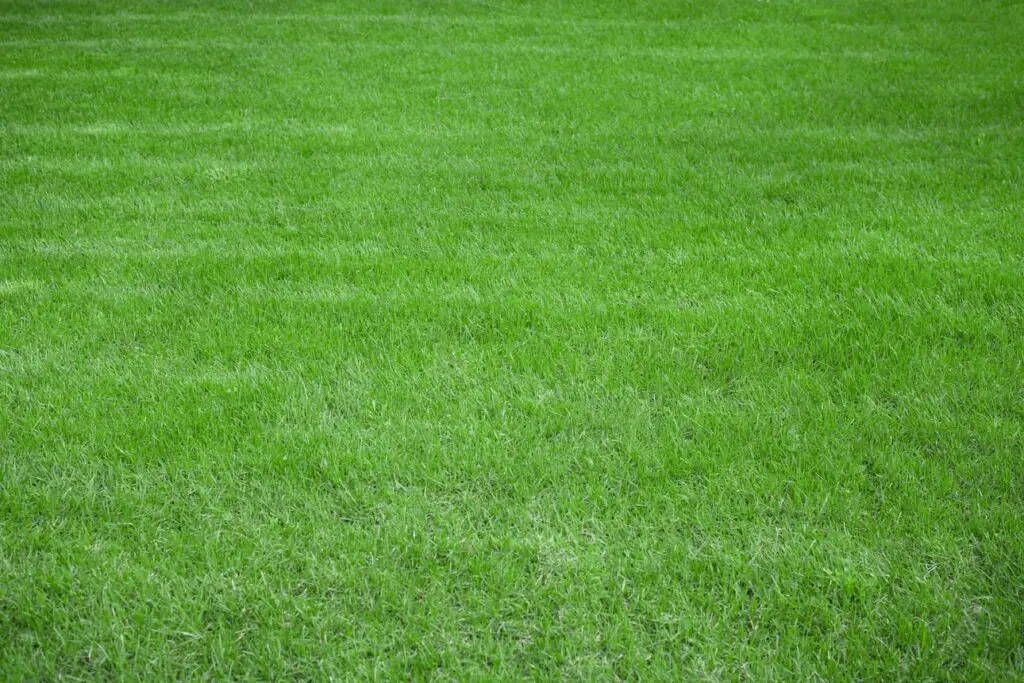
Best Conditions to Lay Sod
Sod does best when installed in spring and fall. During this time, daytime temperatures are between 50° and 80° degrees Fahrenheit and 12° to 26° degrees Celsius.
Fall is the best time for certain turfgrasses. However, spring and early summer are great as well.
Late summer or early fall is least favorable since it is often sweltering with little rainfall.
High heat can dry out new lawns, so it is best to avoid installing during summer.
How to Install Sod in Fall
Start by getting a soil test if you can to determine conditions and composition values in your soil.
1. Measure Your Planting Area
- To determine how much sod you need to order. Use our sod calculator to help determine how much you need for your project.
2. Order your grass
- And get it delivered. Delivery orders get delivered from the turf farm.
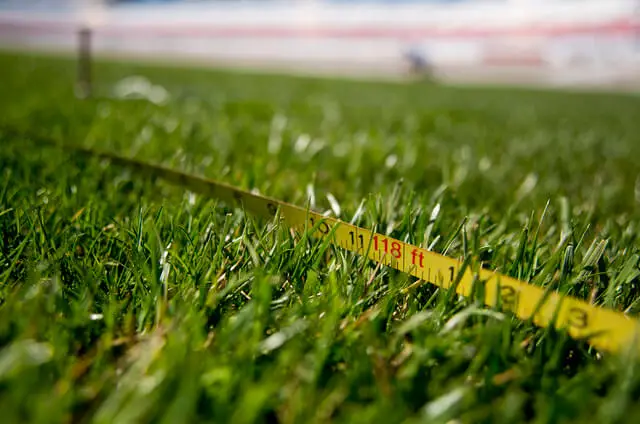
3. Remove existing grass and weeds from your project area.
You can do this by spraying your lawn area with glyphosate or a non-selective herbicide weed and grass killer like Roundup.
You can also remove old turf with a sod cutter rental.
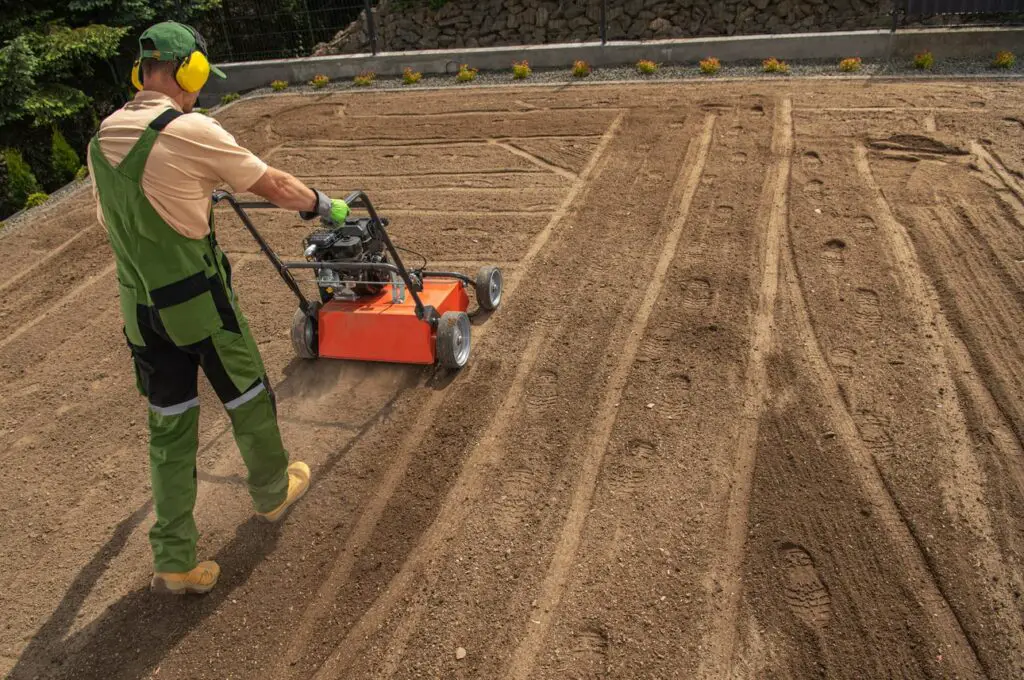
4. Prepare your planting area and
Turf area for installation. Rake and level the soil.
Till the soil if necessary.
The better you prepare the soil, the better your final project will turn out.
Before installing new turfgrass, clear areas of all vegetation and debris area.

5. Lay your new turfgrass.
When your grass arrives, it’s time to put it in place.
It’s best to install within a few hours or a day of arrival. Cool temperatures extend the amount of time you have to get it done.
Roll your grass with a sod roller
Rolling may not be necessary. However, if you live in an area with rough soil conditions, you may need to roll your turf with a lawn roller.
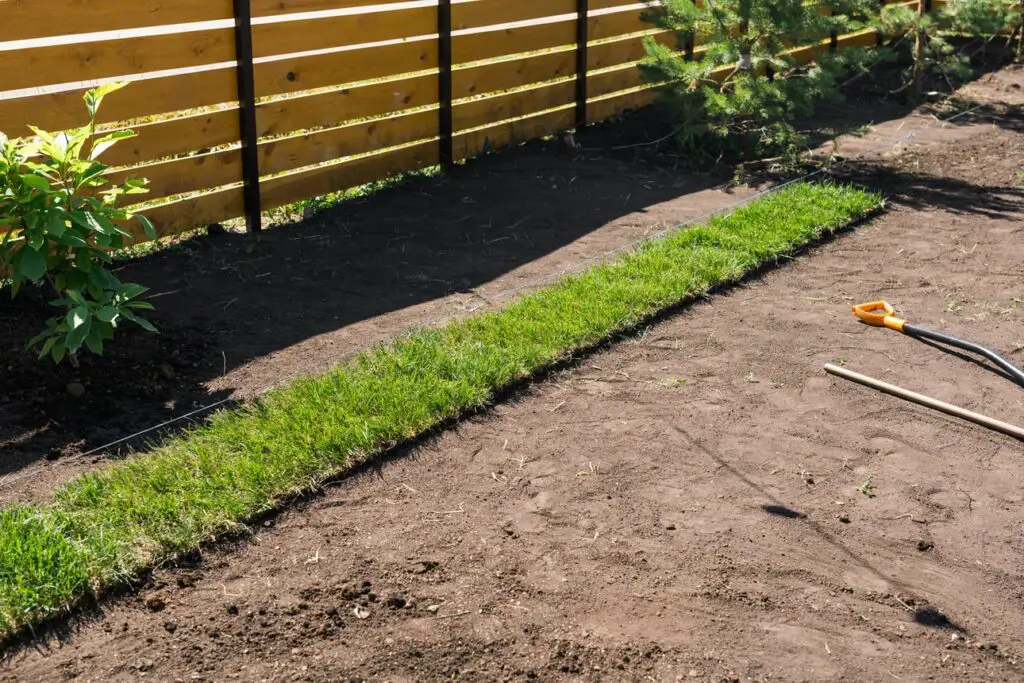
Caring for Sod in Autumn
Basic lawn care and maintenance go a long way to keeping grass growth and a green, healthy lawn.

Watering New Sod In Autumn
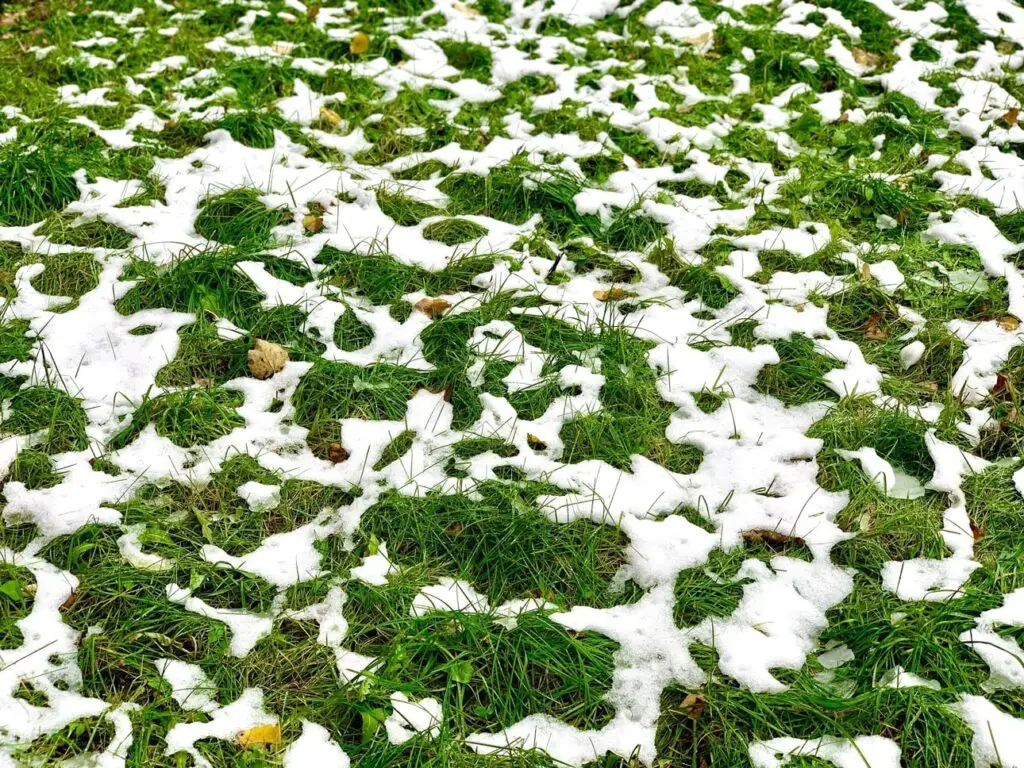
Will a Freeze Kill New Sod?
Turfgrass can go dormant in cold weather, but freezing temperatures will not kill sod.
The brown color does not mean that the grass has died.
Dormant grass will green up and grow when temperatures warm up in spring.
Can You Lay Sod In The Fall?
The short answer is yes! Autumn is a great time to get your new lawn installed.
Can you lay sod in the fall?

